Q
toyota hilux 1 liter berapa km
The fuel economy of Toyota Hilux can be affected by various factors including driving habits, road conditions, and vehicle configuration. Generally speaking, under normal driving conditions, it can travel approximately between 10 and 15 kilometers per litre of fuel. However, please note that the actual situation may vary.
Special Disclaimer: This content is published by users and does not represent the views or position of PCauto.
Related Q&A
Q
What is the difference between 2.8 L and 3.0 L Hilux?
In Malaysia, there is no 3.0-liter variant of the Toyota Hilux; instead, the models available feature a 2.8-liter engine, such as the 2023 Hilux Double Cab 2.8 Rogue AT 4WD and the 2023 Toyota Hilux GR Sport 2.8 AT. Taking these two 2.8-liter variants as examples, they offer more powerful performance compared to the 2.4-liter models, with the 2.8-liter engine delivering a maximum power of 204 PS, while the 2.4-liter engine reaches a maximum power of 150 PS. Additionally, the 2.8-liter models provide a maximum torque of 500 N·m, compared to 400 N·m for the 2.4-liter variants.
In terms of features, some versions of the 2.8-liter models come equipped with more advanced active safety technologies, such as lane-keeping assist, lane departure warning systems, active braking/safety systems, and forward collision warning—some of which are not available on select 2.4-liter models. Furthermore, the 2.8-liter variants also offer enhanced comfort features, such as 8-way power-adjustable front seats and upgraded air conditioning systems in certain versions.
When it comes to pricing, the 2.8-liter models are priced higher, with the 2023 Hilux Double Cab 2.8 Rogue AT 4WD retailing for RM 158,880 and the 2023 Toyota Hilux GR Sport 2.8 AT costing RM 169,080, both of which exceed the prices of their 2.4-liter counterparts.
Q
Which is better, Hilux or D-Max?
Both the Toyota Hilux and Isuzu D-Max have their unique advantages, making it challenging to simply declare one as better than the other. The Hilux, a model under the Toyota brand, is renowned for its reliability and durability, with many owners reporting that its mechanical structure is stable enough to handle various complex and harsh road conditions. Its extensive maintenance network makes post-purchase upkeep convenient; in remote areas, finding parts and repair services is relatively easy. The price range for the Hilux varies from RM 89,100 to RM 169,080, with multiple powertrain configurations available.
On the other hand, the Isuzu D-Max shines in terms of ride comfort and interior quality. Its interior design places a strong emphasis on ergonomics, offering comfortable seating and a smooth driving experience. If you frequently navigate challenging terrains and prioritize the vehicle's durability and stability, the Hilux is an excellent choice. However, if you place a higher value on driving comfort and interior quality, the D-Max may be more suitable for your needs.
Q
What is the best engine of Hilux ?
The Toyota Hilux offers various engine options, each with its own characteristics, so the “best” choice ultimately depends on individual needs. The 2.4-liter diesel engine, such as that found in the 2023 Toyota Hilux Single Cab 2.4 MT 4WD, has a displacement of 2393 mL, delivering a maximum power of 150 PS, 110.3 kW, and a peak torque of 400 N·m. This variant is an excellent choice for users who prioritize fuel efficiency and everyday practicality, as it adequately meets the demands of daily commuting and general cargo transport on regular road conditions. Moreover, it is relatively affordable, with the Single Cab model priced at RM 103,880.
In contrast, the 2.8-liter turbocharged diesel engine provides a more robust performance, as seen in the 2023 Hilux Double Cab 2.8 Rogue AT 4WD. This engine boasts a displacement of 2755 mL, generating a maximum power of 204 PS, 150 kW, and a peak torque of 500 N·m. It handles complex terrains and heavy load requirements with ease, proving powerful strength in off-road situations or when towing heavy loads. Additionally, high-end versions equipped with this engine often come with more advanced features and luxurious interiors, but at a higher price point, such as the 2023 Toyota Hilux GR Sport 2.8 AT, which retails for RM 169,080.
If you frequently encounter challenging road conditions, have heavy loading needs, or seek a more powerful driving experience, the Hilux with the 2.8-liter engine would be a better choice. However, for those who primarily use the vehicle for everyday purposes, the 2.4-liter engine is more than sufficient and offers better value for money.
Q
What is the fuel range of a Toyota Hilux?
The range of the Toyota Hilux depends on several factors, including the specific model, driving conditions, and driving style. Generally, the Hilux has a fuel tank capacity of 80 liters. For instance, the official combined fuel consumption of the 2023 Hilux Double Cab 2.8 Rogue AT 4WD is 10.2 liters per 100 kilometers. Based on this fuel consumption and the 80-liter tank, the estimated range can be calculated as follows: 80 liters divided by 10.2 liters per 100 kilometers, which equals approximately 784 kilometers.
As another example, the official combined fuel consumption for the 2023 Toyota Hilux GR Sport 2.8 AT is 8.5 liters per 100 kilometers. Using the 80-liter tank, the range is roughly 80 divided by 8.5, resulting in approximately 941 kilometers. It is important to note that these are only estimates, and actual range may vary due to factors such as terrain, traffic conditions, and vehicle load.
Q
How many cylinders does a 3.0 Hilux have?
The commonly found 3.0-liter diesel version of the Toyota Hilux in the Malaysian market (model 1GD-FTV) features a 4-cylinder inline engine. Despite its larger displacement, Toyota has optimized the turbocharging (D-4D technology) and fuel injection system to ensure a balance between power output and fuel efficiency, delivering up to 204 horsepower and 500 Nm of torque. This engine is quite popular locally, particularly for commercial and off-road applications that require high load capacity or long-distance driving. Its durability and low maintenance costs are also key reasons why Malaysian consumers choose the Hilux.
It's important to note that, although it has a displacement of 3.0 liters, the four-cylinder design is lighter and more fuel-efficient compared to the older V6 engine, while also meeting modern emissions standards. For those seeking stronger performance, the Hilux's 2.8-liter version (also a 4-cylinder) is worth considering, as it has slightly different tuning but remains equally reliable. It is recommended to take a test drive to experience the low-end torque performance and consult with a dealer regarding regular maintenance to keep the engine in optimal condition.
Q
How much weight can the Toyota Hilux carry in its cargo bed?
The load capacity of the Toyota Hilux cargo bed can vary depending on the specific model, production year, and configuration. For instance, the Toyota Hilux Champ has a load capacity of 1,000 kilograms. Similarly, the standard Toyota Hilux sold in Malaysia is officially rated for the same 1,000-kilogram capacity.
It's important to note that exceeding the recommended load capacity can negatively impact the vehicle's handling, braking performance, and overall safety, as well as cause premature wear on components such as the suspension, tires, and brakes. Be sure to consult the vehicle's user manual or speak with a Toyota dealer to obtain the most accurate load capacity information for your specific vehicle.
Q
What is the fuel tank capacity of Hilux?
The Hilux features a fuel tank capacity of 80 liters. This relatively large tank allows for an extended range between refueling, benefiting all types of driving—whether it's for work purposes, such as reaching remote job sites, or for long road trips. With this 80-liter capacity, drivers enjoy greater flexibility and reduced frequency of visits to the gas station. It also instills confidence in drivers to travel longer distances without the constant worry of running out of fuel.
All models in the Hilux lineup come with this same fuel tank capacity, regardless of the specific configuration or engine option you choose.
Q
How many plugs does Hilux have?
In common models of the Toyota Hilux, such as the current 3.0L or 2.8L diesel versions, standard equipment typically includes one to two 12V power outlets (cigarette lighter sockets), with the exact number depending on the trim level. For instance, the base model may feature just one outlet located beneath the dashboard, while higher-spec versions, like the Hilux GR Sport, may add a second 12V outlet in the central console or rear seating area, facilitating the connection of in-car chargers, coolers, and other devices.
It’s worth noting that the latest generation of the Hilux has gradually introduced USB charging ports (Type A or Type C) to meet the power needs of modern electronic devices. However, traditional 12V outlets remain a vital feature for expanding equipment in commercial or outdoor settings, such as onboard air pumps and lighting systems. For those requiring additional power support, owners can consider aftermarket adapters or inverters (with due caution regarding circuit load safety), and it’s advisable to consult an authorized Toyota modification center to ensure compatibility.
Q
Is the Toyota Hilux powered by petrol or diesel?
The Toyota Hilux sold in Malaysia is powered by diesel. This fuel type offers several advantages that suit the Hilux's capabilities. Diesel engines generally provide higher torque at lower RPMs, which is beneficial for a vehicle like the Hilux, often used for tasks such as towing and off-road driving.
With diesel, the Hilux can handle heavy loads and challenging terrains more effectively. It also typically has better fuel efficiency compared to petrol engines in certain driving conditions, making it a practical choice for those who cover long distances or use the vehicle for work purposes. Moreover, diesel fuel is more readily available across Malaysia, ensuring convenient refueling for Hilux owners. This makes the diesel-powered Hilux a reliable and efficient option for Malaysian consumers who require a robust and versatile vehicle.
Q
What is the maintenance cost of Toyota Hilux?
The maintenance costs of the Toyota Hilux in Malaysia vary based on the model, usage, and service intervals, but overall, it falls within the affordable range. For common 2.4L or 2.8L diesel variants, routine maintenance is typically performed every 10,000 kilometers or 6 months (whichever comes first), with costs ranging from RM350 to RM600. This includes basic replacement items such as engine oil and filters.
For major service intervals, such as every 40,000 kilometers or every 2 years, which involve additional items like transmission fluid and brake fluid, costs can be around RM1,000 to RM1,500, depending on the specific inspection items involved. The Hilux’s durability and the lower dependency on imported parts (with some components produced locally) help keep long-term maintenance expenses manageable. However, maintenance related to key components such as the turbocharger or four-wheel drive system may incur slightly higher costs.
It is advisable to have regular maintenance performed at authorized Toyota service centers to ensure the validity of the factory warranty. Owners can also refer to Toyota Malaysia’s “Scheduled Service Guide” for more precise cost estimates. Additionally, performing simple tasks like replacing the air filter on your own can slightly reduce long-term expenses, but be sure to ensure that it does not affect the warranty terms.
Latest Q&A
Q
How long will a Subaru Crosstrek last?
Based on general car - using experience, the normal service life of the Subaru Crosstrek in Malaysia can reach 150,000 to 250,000 kilometers or even longer. It specifically depends on the maintenance condition and driving habits. This car is well - known for its horizontally - opposed engine and full - time four - wheel drive system. These two technologies not only enhance driving stability but also contribute to prolonging the vehicle's lifespan.
In Malaysia's hot and rainy climate, it is recommended that car owners pay special attention to regularly replacing the coolant and checking the chassis for rust prevention. At the same time, Subaru's engine has relatively high requirements for oil quality. It is very important to use fully synthetic oil that meets the manufacturer's standards and strictly follow the maintenance cycle.
For consumers who want to buy a used Crosstrek, it is advisable to focus on checking the engine condition and the status of the four - wheel drive system, as these two parts are the keys to the long - term reliability of the vehicle. As long as it is properly maintained, this car can fully meet the daily use needs of Malaysian families for more than 10 years, and its durability performs well among models in the same class.
Q
Is the Subaru Crosstrek efficient?
As a compact SUV, the Subaru Crosstrek performs well in terms of fuel efficiency and is particularly suitable for the urban and suburban road conditions in Malaysia. The combination of its 2.0-liter horizontally opposed engine and CVT transmission offers a smooth driving experience, and at the same time, it also has excellent fuel economy. The official data shows that its combined fuel consumption is about 6.8L per 100km, making it a good choice for daily commuting or long - distance trips.
In addition, Subaru's Symmetrical AWD full - time all - wheel drive system can provide better stability on slippery roads or during rainy days, which is very practical for Malaysia's rainy climate. If you are more environmentally conscious, the Crosstrek also offers a hybrid version, further reducing fuel consumption and emissions.
It's worth mentioning that the low - center - of - gravity design of the horizontally opposed engine enhances handling, and the EyeSight driving assistance system increases safety. These features give the Crosstrek a certain competitive edge among vehicles in the same class.
If you're looking for an SUV that combines fuel economy, safety, and driving pleasure, the Subaru Crosstrek is worth considering. Of course, it's recommended that you also compare other models in the same class and make the most suitable choice based on your personal needs and budget.
Q
Is a Subaru Crosstrek considered a car or SUV?
The Subaru Crosstrek is classified as a compact SUV in the Malaysian market. Although its body size is smaller than traditional SUVs, its high ground clearance, Symmetrical All - Wheel Drive (AWD) system, and outdoor - oriented functional design all meet the core characteristics of an SUV. This vehicle combines the handling of a sedan with the practicality of an SUV, making it particularly suitable for Malaysia's diverse road conditions, whether it's for daily city commuting or occasional out - of - town self - driving trips.
In Malaysia, crossover models like the Crosstrek are becoming increasingly popular. They offer better passability than sedans and are more fuel - efficient and agile than large SUVs. Compared with the commonly seen Honda HR - V or Toyota Corolla Cross in the local market, the Crosstrek is well - known for its low center of gravity and excellent handling, thanks to its horizontally - opposed engine. However, its interior space might be a bit less roomy.
It's worth noting that Malaysian consumers need to consider the relatively high maintenance costs associated with its imported - car status when making a purchase. Nevertheless, its durability and off - road capabilities shine during the rainy season or on lightly unpaved roads.
Q
What car is comparable to a Subaru Crosstrek?
In the Malaysian market, models with a similar positioning to the Subaru Crosstrek include the Toyota Corolla Cross, Honda HR - V, and Mazda CX - 30. They also offer the practicality of compact SUVs and crossover designs. The Subaru Crosstrek is well - known for its full - time all - wheel drive system and high ground clearance, making it suitable for light off - road driving and driving in rainy conditions. Meanwhile, the Toyota Corolla Cross is famous for its fuel efficiency and reliability. The Honda HR - V attracts consumers with its flexible space layout and stylish appearance, and the Mazda CX - 30 focuses on luxurious interiors and driving quality.
These models have their own advantages in terms of price and features. Consumers can make a choice based on their own needs. For example, those who value off - road performance may choose the Crosstrek, while those who mainly use the vehicle for city commuting may prefer the Corolla Cross or the HR - V. Additionally, Malaysia's rainy climate makes the all - wheel drive system particularly important, but front - wheel drive models perform better in terms of fuel economy. Therefore, these factors need to be weighed when making a selection.
Q
Is a Subaru Crosstrek expensive to fix?
In Malaysia, the maintenance cost of the Subaru Crosstrek is slightly higher compared to local mainstream Japanese brands like Toyota or Honda. The main reason is that Subaru employs unique technologies such as the horizontally - opposed engine and the full - time all - wheel drive system. Some of its parts are highly specialized and may need to be imported from the original factory, which leads to higher replacement costs. Also, the maintenance hours might be longer.
However, Subaru's authorized service centers in Malaysia offer standardized services, which can ensure the maintenance quality and help reduce the failure rate in the long run. Car owners can also consider purchasing an extended warranty plan to share the potential costs. It's worth noting that Subaru models have good durability. If they are regularly maintained, the probability of major repairs can be effectively reduced.
In addition, the used - car resale value of Subaru in the Malaysian market is acceptable, which also indirectly reflects its reliability. It is recommended that car owners give priority to official channels for maintenance. Although the single - time cost may be higher, it can avoid subsequent problems caused by using non - original parts.
View MoreRelated News

2026 Toyota Hilux Interior Unveiled, and It’s Giving Prado Vibes
JohnAug 6, 2025
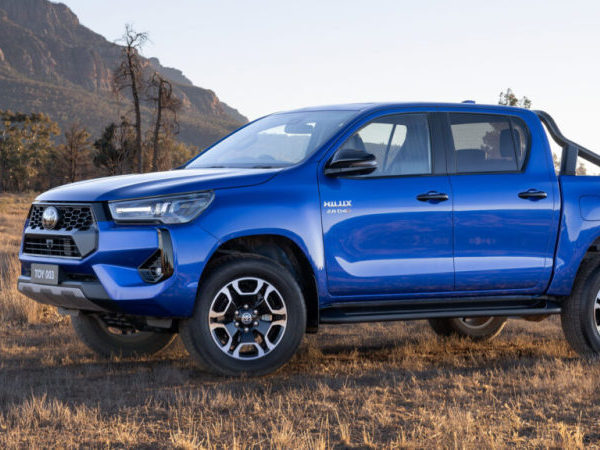
All-New 2025 Toyota Hilux Coming Soon: Here's What to Expect
JamesJun 24, 2025
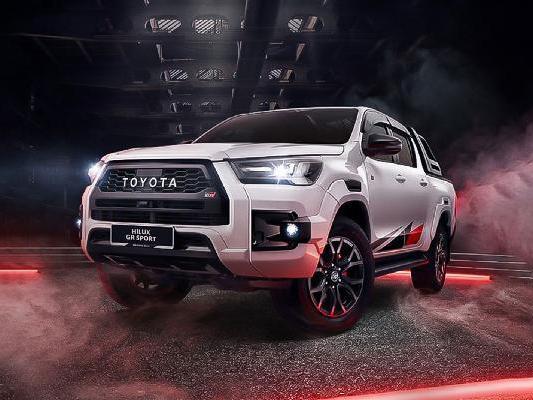
Toyota Hilux: A Buying Guide to Help You Choose the Right Model
MichaelMar 25, 2025
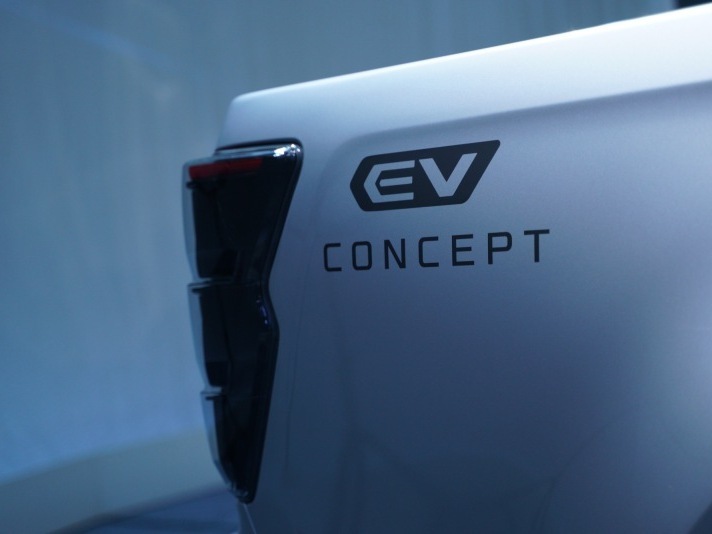
Reasons Why Pickups and SUVs Are Not Suitable for Electric Drive, Industry Secrets You Must Know Before Buying
JamesFeb 14, 2025
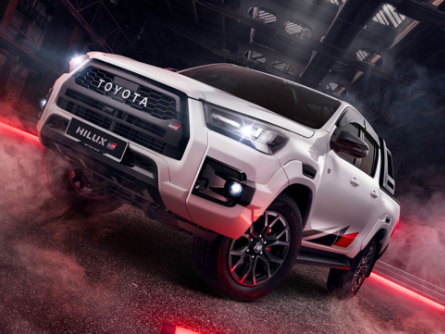
2023 Toyota Hilux GR Sport: Priced at RM 169,080
LienJul 4, 2024
View More



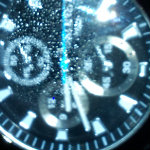





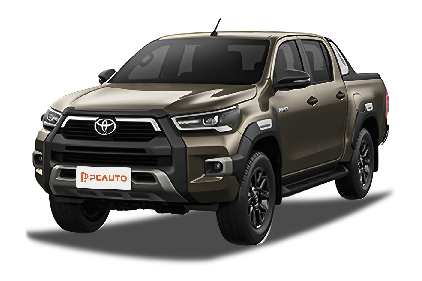





Pros
Cons